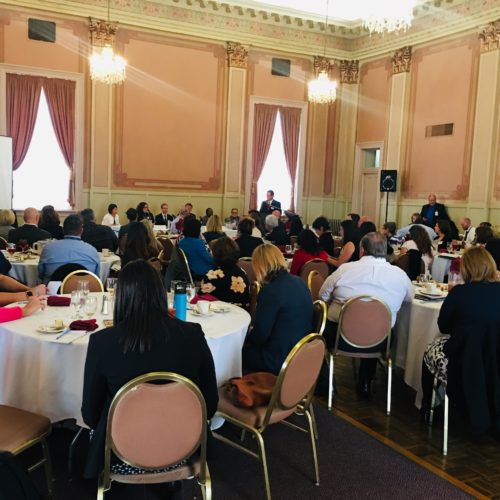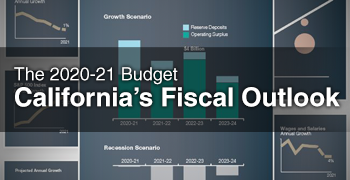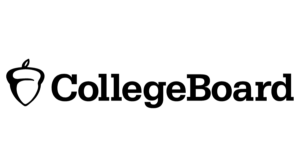From The Desk Of
Peter Birdsall Executive Director
On Wednesday, the Legislative Analyst’s Office (LAO) released their “Fiscal Outlook” report for 2020-21 and beyond. At the very least, the report seems to imply that there will be substantial one-time funding available for allocation in the coming state budget.
Overall, the LAO projects a $7 billion surplus of revenues exceeding expenditures, but then projects that only $3 billion is available for ongoing purposes, and potentially less than $1 billion if “plausible” events take place, such as the federal government ruling against California on a major tax issue.
For Proposition 98, which includes K-12 education and community colleges, the Outlook projects $2.1 billion being available above the amount needed for a cost-of-living adjustment. However, the LAO recommends that at least one-half of that amount be set-aside for one-time spending.
For CCSESA, our response to these projections is crafted in at least two settings. First, the CCSESA Legislative Committee is scheduled to meet via conference call on December 10 and will review the LAO’s fiscal projections. If you have recommendations or concerns about the budget, I urge you to contact your region’s or steering committee’s representative on the Legislative Committee.
Second, CCSESA is an active participant in the Education Coalition, which consists of nine major statewide education organizations. Recognizing that the education community is most effective when speaking with a united voice, the Coalition will work to agree on priorities for the 2020-21 budget.
Initially we would expect that the top priorities for ongoing funding will be increased general purpose funding and/or special education funding. However, the amount of projected funding certainly allows room to advocate for important, smaller investments, like funding training and support for charter school authorizers to effectively implement the recent charter school legislation.
It is clear that State Board President Linda Darling Hammond is a strong advocate for increased funding for teacher and principal training and coaching. For that reason, it is reasonable to assume that the Governor will propose additional funding for such programs.
CCSESA has become increasingly active on budget issues outside Proposition 98. This is where Governor Newsom has funded expansion of early education and other services for children ages 0-5, and additional funding for mental health services for children. It is likely that these are the issue areas where the most serious tension will emerge between the projection of a significant budget surplus and the LAO’s cautionary statement to be prepared for “plausible events” that are outside the Legislature’s control.








